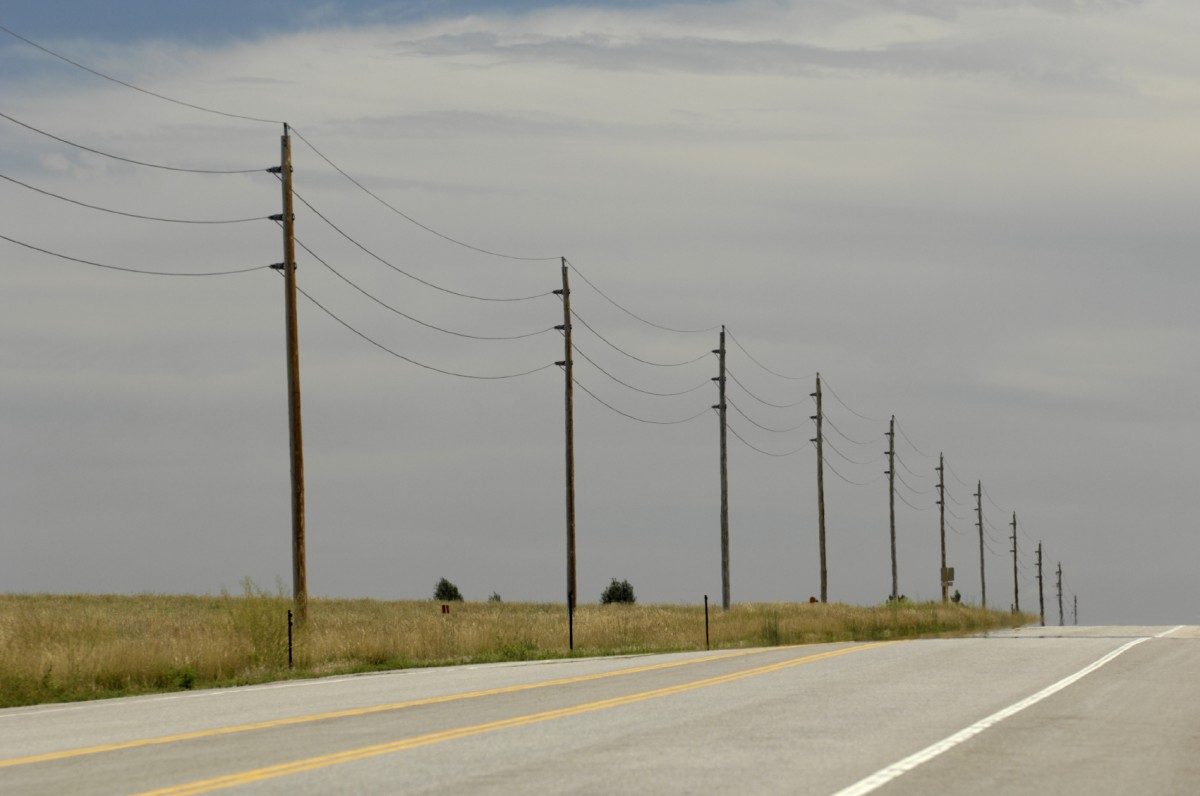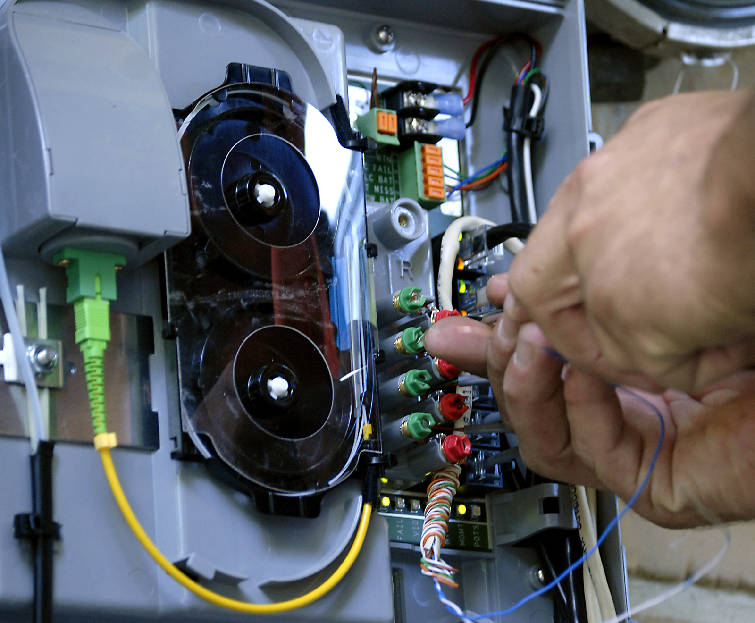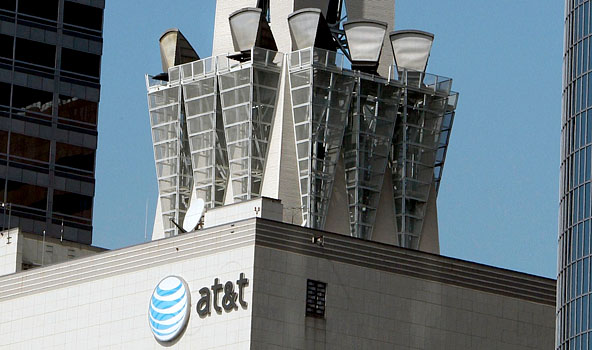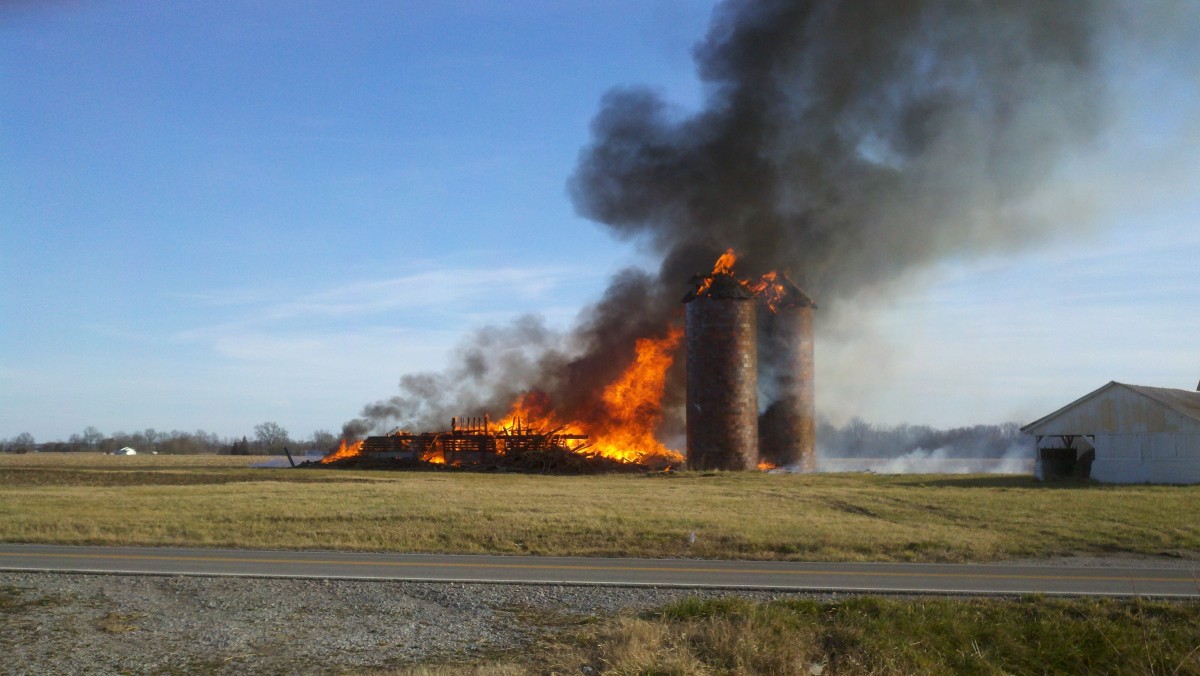PSTN (Public Switched Telephone Network)—The world’s collection of interconnected, voice-oriented public telephone networks, both commercial and government-owned.
Whenever you say “landline”, you are referring to a phone line that uses the PSTN. The PSTN is an invaluable infrastructure, and it’s not going to be replaced anytime soon. Even though the telecommunications industry has made a few leaps over the past few decades, the wireless network still can’t provide the kind of coverage provided by the PSTN. In fact, wireless networks depend on it to fill in its gaps in coverage to complete calls.

There’s Nothing Like the Original
Have you ever wondered how your calls are connected? Well, it’s a little more complicated than it used to be, but the old system is still very much in use. The original PSTN, or POTS (Plain Old Telephone Service) is exactly what you think it is: Copper wires, underground and overhead, that carry your voice instantly from one phone to another.

The Suspended Network
Since the first telephone lines were suspended across poles, all over the country, there has been much advancement in the technology; in fact, many of these lines are now buried underground. It makes you wonder—why didn’t they do that, in the first place? Humans can be slow learners, sometimes.

The Hybrid Telecom System
Today, our calls and other information are being transmitted with the use of other materials like fiber-optic cable. After a while, digital and wireless infrastructure began to be integrated into the existing network of landlines, which is why calls are now connected using a mixture of these networks.

Corporate Takeover
Wireless super-companies like AT&T want to do away with the PSTN because, of course, they could then monopolize the entire telecom infrastructure. The problem is that the PSTN is still the only network that can provide total coverage to rural and remote locations, and it is federally mandated that all U.S. citizens have access to at least one landline.

Last Resort
How terrible would it be if some people in outlying areas had no way of dialing 911, in an emergency? It is for this reason that the Plain Ol’ phone network is largely considered the Carrier of Last Resort (COLR), or the phone network we use when all other networks fail. The PSTN carries this responsibility because there are some places your cell phone simply will not work, but those dilapidated old copper lines—they will be there.

Stephanie
Stephanie is the Marketing Director at Talkroute and has been featured in Forbes, Inc, and Entrepreneur as a leading authority on business and telecommunications.
Stephanie is also the chief editor and contributing author for the Talkroute blog helping more than 200k entrepreneurs to start, run, and grow their businesses.




